University of Sarajevo
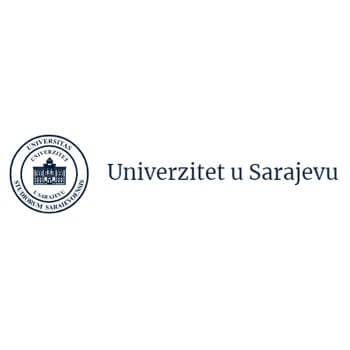
Founded: 1949
Address: Obala Kulina bana 7/II - Sarajevo, Bosnia and Herzegovina
Phone: +387 33 565118
Address: Obala Kulina bana 7/II - Sarajevo, Bosnia and Herzegovina
Phone: +387 33 565118
Here you find out University of Sarajevo complete information about fees, location, degree University of Sarajevo offers, number, website, and much more. University of Sarajevo is a leading university in Sarajevo - Bosnia and Herzegovina.
You can also find out jobs at University of Sarajevo for students, teachers, and professors. We also update the database for an internship at University of Sarajevo for students.
The University of Sarajevo is a sizeable and complex organization carrying out the noble mission of educating able, creative and internationally competent personnel in all areas of interest for Bosnia and Herzegovina through teaching and research. The personnel are expected to address the challenges of modern economy in European and global political, economic, social and cultural context....>The University is committed to remain an autonomous academic community of teachers, researchers, artists and students incorporated into the international university and academic community and trends.
The University continually invests efforts in strengthening its role as a responsible institution within its social community, and to ensure the role of the recognizable center for scientific and artistic work, bringing together teams of domestic and international experts and artists around projects relevant to the domestic, regional, and wider social context and environment.
The organization and activities of the University of Sarajevo, as a public higher education institution in the Sarajevo Canton, are prescribed by the Framework Law on BH Higher Education, the Law on Higher Education in the Sarajevo Canton and the University’s Statute. The University of Sarajevo ‘s member institutions are twenty-five Faculties, three Academies and five research Institutes with the status of full members, internally organized within six Science/Arts Groups from the fields of:
Sarajevo was first placed on the map of academic centers in this part of Europe in 1573, with the signing of the Waqfname (Book of Endowment) by Gazi Husrev-bey. Today, Gazi Husrev-bey’s Library is, as an associate member, the oldest institution within the University of Sarajevo. Following the departure of the Ottoman administration and the arrival of Austria-Hungary, the Sharia Judicial Academy was founded in 1887, the National Museum in 1888, the Catholic Seminary of the Vrhbosna Archbishopric in 1890. The Eastern Orthodox Seminary of Sarajevo was upgraded to an institution of higher learning in 1892. Today, the National Museum is an associate member of the University of Sarajevo, and the Faculty of Catholic Theology is a full member.
The Faculty of Agriculture and Forestry was founded in 1940, and the Faculty of Medicine in 1944.
The Teacher Training College and the Institute of Biology were established in Sarajevo after the end of World War II, in the then Federative People"s Republic of Yugoslavia. Following the Faculties of Medicine, Law and Agriculture and Forestry and the subsequent establishment of the Technical Faculty, in 1949 the Assembly of the People’s Republic of Bosnia and Herzegovina adopted the Law on the University, which formally established the University of Sarajevo. The Faculty of Philosophy (with a science department) and the Faculty of Veterinary Medicine became its members in 1950. Decades that followed saw a period of intense growth.
Until 1975, the University of Sarajevo was the only university in Bosnia and Herzegovina and the beacon of development of higher education and science in the country. It also contributed significantly to the establishment of the University of Banja Luka in 1975, the University of Tuzla in 1976, and the University of Mostar in 1977.
The international recognition of Bosnia and Herzegovina brought a new period and the University entered it as an association of 19 faculties, 4 academies and four schools of higher learning in Sarajevo and 2 faculties in Zenica.
During the aggression against Bosnia and Herzegovina and the siege of Sarajevo (5 April 1992 – 29 February 1996), the University suffered enormous casualties and material losses – staff suffered and was displaced, faculty members left, buildings and equipment were destroyed or badly damaged. The University continued to work and fought to preserve civilized standards in the most difficult conditions encountered by any higher education in Europe in the second half of the 20th century. The international academic community noted these efforts with admiration.
In 1996, along with other universities in Bosnia and Herzegovina, the University of Sarajevo joined the European higher education reform support programmes. This period was also marked by intense work on repairing the wartime damages and creating an environment suited for stable and continuous development. The University of Sarajevo invested all its efforts to re-enter fully the contemporary European and international academic trends.
During the period 1997–2000, the University of Sarajevo coordinated the first European-level TEMPUS project aimed at introducing the 3+2 model.
Understanding the importance of establishing itself within the European Higher Education Area (EHEA), in the academic year 2005/2006, notwithstanding the lack of any state-level guidance and the absence of any political, legal or material support, the University of Sarajevo entered the complex process of reform in compliance with the Bologna principles.
The University has developed or participated in several international third-cycle programmes of study based on the EHEA-ERA standards.
In terms of organization, the University of Sarajevo today is a large and complex public institution, comprising 30 organizational units: 22 faculties, 3 academies, and 5 research institutes, in six areas of academic work: social science, humanities, medicine, technical studies, science, bio-technology and art. Associate members of the University include the National and University Library of BiH, Gazi Husrev-bey’s Library and the National Museum, as well as other units.
In May 2013, pursuant to the Framework Law on Higher Education in BiH and the Law on Higher Education in the Sarajevo Canton, the Senate of the University of Sarajevo adopted a new Statute and thus took a bold step forward, moving from a loose association of faculties towards a university organized in a way shaped by relevant European traditions.
At the moment, most of the facilities of full and associate members of the University are dispersed across the city of Sarajevo. The University Campus, located at the former Tito Barracks, currently houses a group of five faculties and two institutes, as well as additional student-focuses facilities. Zoning permits and designs have been prepared for part of the buildings included in the first part of the Campus Master Plan. The Master Plan was awarded the 2004 Campus Planning Award in Boston, USA.
You can also find out jobs at University of Sarajevo for students, teachers, and professors. We also update the database for an internship at University of Sarajevo for students.
The University of Sarajevo is a sizeable and complex organization carrying out the noble mission of educating able, creative and internationally competent personnel in all areas of interest for Bosnia and Herzegovina through teaching and research. The personnel are expected to address the challenges of modern economy in European and global political, economic, social and cultural context.
The University continually invests efforts in strengthening its role as a responsible institution within its social community, and to ensure the role of the recognizable center for scientific and artistic work, bringing together teams of domestic and international experts and artists around projects relevant to the domestic, regional, and wider social context and environment.
The organization and activities of the University of Sarajevo, as a public higher education institution in the Sarajevo Canton, are prescribed by the Framework Law on BH Higher Education, the Law on Higher Education in the Sarajevo Canton and the University’s Statute. The University of Sarajevo ‘s member institutions are twenty-five Faculties, three Academies and five research Institutes with the status of full members, internally organized within six Science/Arts Groups from the fields of:
- Social sciences
- Humanities
- Medical sciences
- Natural, mathematical and bio-technical sciences
- Technical sciences
- Arts.
Sarajevo was first placed on the map of academic centers in this part of Europe in 1573, with the signing of the Waqfname (Book of Endowment) by Gazi Husrev-bey. Today, Gazi Husrev-bey’s Library is, as an associate member, the oldest institution within the University of Sarajevo. Following the departure of the Ottoman administration and the arrival of Austria-Hungary, the Sharia Judicial Academy was founded in 1887, the National Museum in 1888, the Catholic Seminary of the Vrhbosna Archbishopric in 1890. The Eastern Orthodox Seminary of Sarajevo was upgraded to an institution of higher learning in 1892. Today, the National Museum is an associate member of the University of Sarajevo, and the Faculty of Catholic Theology is a full member.
The Faculty of Agriculture and Forestry was founded in 1940, and the Faculty of Medicine in 1944.
The Teacher Training College and the Institute of Biology were established in Sarajevo after the end of World War II, in the then Federative People"s Republic of Yugoslavia. Following the Faculties of Medicine, Law and Agriculture and Forestry and the subsequent establishment of the Technical Faculty, in 1949 the Assembly of the People’s Republic of Bosnia and Herzegovina adopted the Law on the University, which formally established the University of Sarajevo. The Faculty of Philosophy (with a science department) and the Faculty of Veterinary Medicine became its members in 1950. Decades that followed saw a period of intense growth.
Until 1975, the University of Sarajevo was the only university in Bosnia and Herzegovina and the beacon of development of higher education and science in the country. It also contributed significantly to the establishment of the University of Banja Luka in 1975, the University of Tuzla in 1976, and the University of Mostar in 1977.
The international recognition of Bosnia and Herzegovina brought a new period and the University entered it as an association of 19 faculties, 4 academies and four schools of higher learning in Sarajevo and 2 faculties in Zenica.
During the aggression against Bosnia and Herzegovina and the siege of Sarajevo (5 April 1992 – 29 February 1996), the University suffered enormous casualties and material losses – staff suffered and was displaced, faculty members left, buildings and equipment were destroyed or badly damaged. The University continued to work and fought to preserve civilized standards in the most difficult conditions encountered by any higher education in Europe in the second half of the 20th century. The international academic community noted these efforts with admiration.
In 1996, along with other universities in Bosnia and Herzegovina, the University of Sarajevo joined the European higher education reform support programmes. This period was also marked by intense work on repairing the wartime damages and creating an environment suited for stable and continuous development. The University of Sarajevo invested all its efforts to re-enter fully the contemporary European and international academic trends.
During the period 1997–2000, the University of Sarajevo coordinated the first European-level TEMPUS project aimed at introducing the 3+2 model.
Understanding the importance of establishing itself within the European Higher Education Area (EHEA), in the academic year 2005/2006, notwithstanding the lack of any state-level guidance and the absence of any political, legal or material support, the University of Sarajevo entered the complex process of reform in compliance with the Bologna principles.
The University has developed or participated in several international third-cycle programmes of study based on the EHEA-ERA standards.
In terms of organization, the University of Sarajevo today is a large and complex public institution, comprising 30 organizational units: 22 faculties, 3 academies, and 5 research institutes, in six areas of academic work: social science, humanities, medicine, technical studies, science, bio-technology and art. Associate members of the University include the National and University Library of BiH, Gazi Husrev-bey’s Library and the National Museum, as well as other units.
In May 2013, pursuant to the Framework Law on Higher Education in BiH and the Law on Higher Education in the Sarajevo Canton, the Senate of the University of Sarajevo adopted a new Statute and thus took a bold step forward, moving from a loose association of faculties towards a university organized in a way shaped by relevant European traditions.
At the moment, most of the facilities of full and associate members of the University are dispersed across the city of Sarajevo. The University Campus, located at the former Tito Barracks, currently houses a group of five faculties and two institutes, as well as additional student-focuses facilities. Zoning permits and designs have been prepared for part of the buildings included in the first part of the Campus Master Plan. The Master Plan was awarded the 2004 Campus Planning Award in Boston, USA.
Read More
Details:
LeaderShip: Rector: Prof. Dr. Rifat Skrijelj
Fees:
Time:
Phone Number: +387 33 565118
City: Sarajevo
Fees:
Time:
Phone Number: +387 33 565118
City: Sarajevo
Timing:
Country: Bosnia and Herzegovina
Staff: 2582
Website: http://www.unsa.ba
Country: Bosnia and Herzegovina
Staff: 2582
Website: http://www.unsa.ba
Subjects:
Jobs in University of Sarajevo
Currently, there is no job opening in University of Sarajevo as per our database.

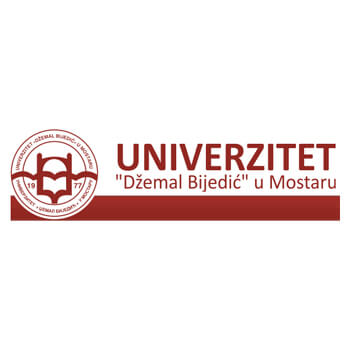

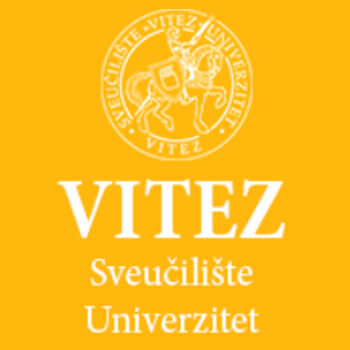

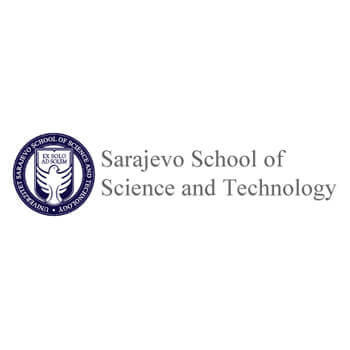

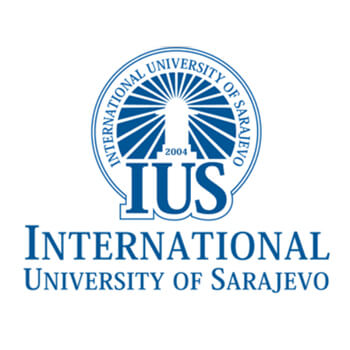










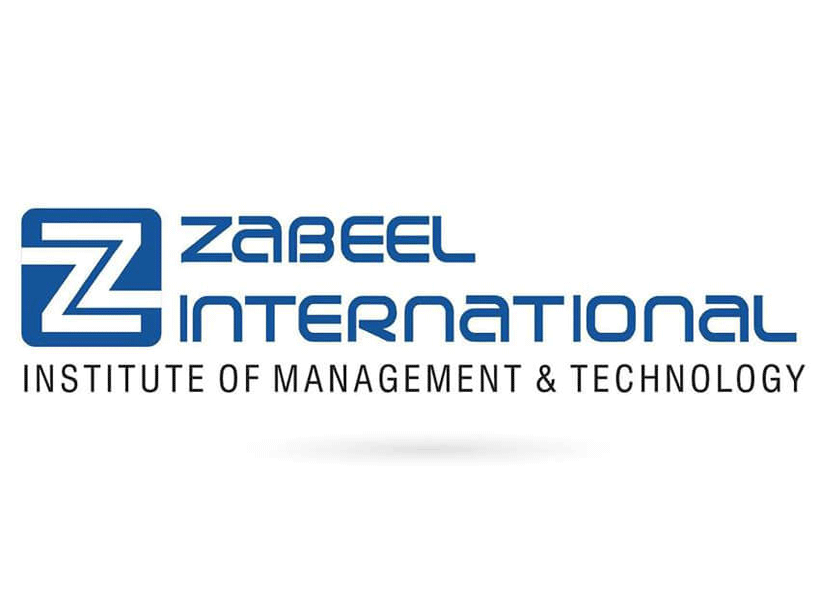
Leave a Reply